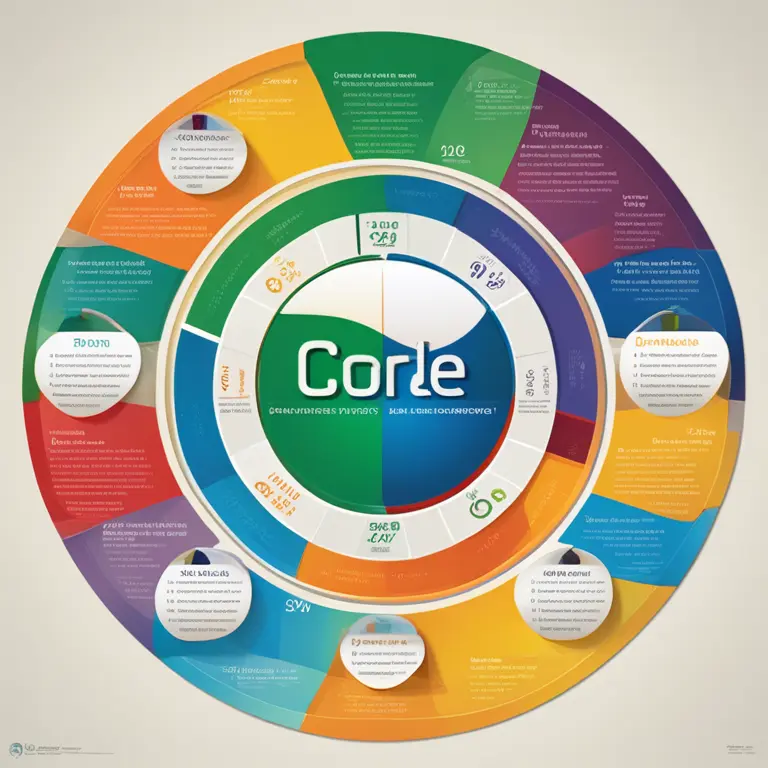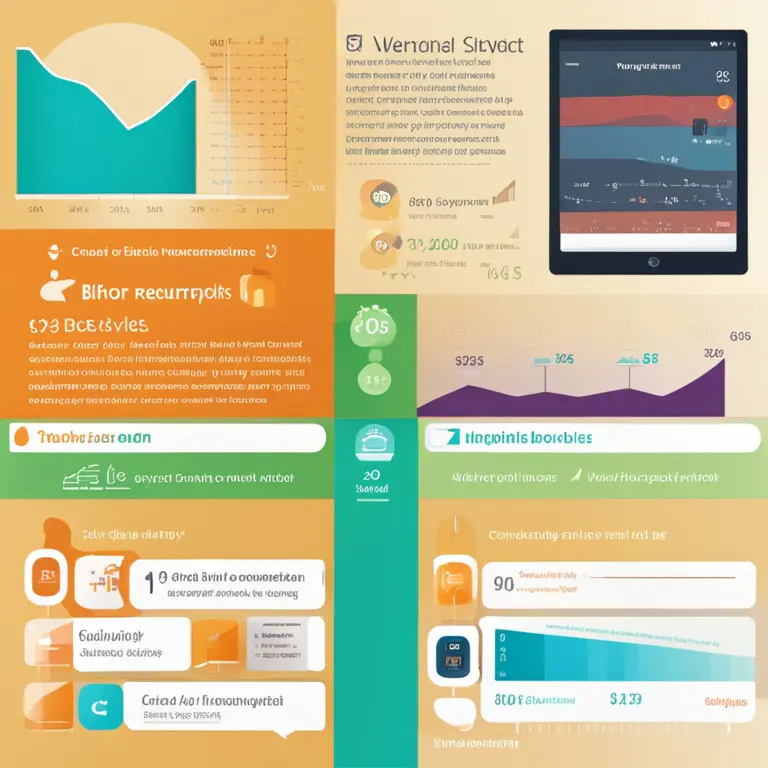
The Mechanics of Biorhythm: Body's Natural Cycles
Discover the fascinating way biorhythms influence our daily lives, shaping our emotional, physical, and intellectual states through inherent biological cycles.
article by Adrian Wallace
Introduction to Biorhythm Theory
Biorhythm theory posits that our lives are affected by natural physiological cycles. The concept, originating from the 19th century, suggests that from the moment of birth, we are influenced by three primary biorhythms: the physical, emotional, and intellectual cycles. These cycles are believed to predict various aspects of a person's life by modeling their energy levels and performance capabilities within each cycle. As we navigate through the cycles, they can supposedly indicate the days when we are predisposed to achieve success and days that require caution.

The Three Core Cycles
The physical cycle, lasting 23 days, influences strength, coordination, and well-being. The emotional cycle, with a 28-day span, affects creativity, sensitivity, mood, and perception. Finally, the intellectual cycle, completing a loop every 33 days, governs analytical thinking, logic, learning ability, and communication. Each cycle oscillates between a positive phase, a negative phase, and an intermediary, or critical, phase, which are believed to impact our efficiency in related activities according to biorhythm theory.

Calculating Personal Biorhythms
To determine one's biorhythms, individuals typically input their birth date into a biorhythm calculator or software, which then projects these cycles onto a chart. This biofeedback is becoming more personalized and sophisticated with advances in technology. Today, there are mobile applications and wearable devices that claim to not only track these biorhythms but also analyze and give recommendations for optimal daily routines.

Biorhythms in Modern Life
Despite its pseudoscientific critiques, biorhythm theory has found a place in contemporary wellness trends. It’s utilized in holistic health approaches and personal development practices, aiming to harmonize one's activities with the natural rhythms of the body. Dating back to ancient traditions and aligned with the modern preference for 'biohacking,' this approach underscores a yearning for understanding the body's inner workings to enhance quality of life.
Critical Perspectives and Scientific Scrutiny
The scientific community remains skeptical about biorhythm theory. Critics argue there is a lack of empirical evidence supporting these cycles and their effects on one's daily life. To date, rigorous scientific studies have not validated the precise patterns biorhythm proponents advocate for. However, the interest in circadian rhythms and chronobiology has validated the understanding that biological cycles do influence our bodies significantly.
Biorhythms and Personal Experimentation
Despite the controversy, many individuals partake in personal experimentation with biorhythms, using them as a framework to tune into their body's needs and adjust their activities accordingly. The subjective nature of personal experiences makes it a compelling exploration for some who seek to optimize their well-being, even without hard scientific endorsement.
Conclusion: A Personal Journey
Biorhythm theory offers an intriguing perspective on human potential and limitations. While the scientific community has yet to fully embrace it, the concept endures in popular culture, providing a unique lens through which individuals can examine their routine and possibly improve their daily rhythm. As we move deeper into the 21st century, it will be interesting to see how the intersection of technology, personal wellness, and ancient wisdom will evolve the conversation around biorhythms.
Published: 1/25/2024
Modified: 1/25/2024
More predictions
Come back here soon to learn more about yourself and your future


The Basis of Biorhythms: An Insight into Biological Cycles
Delve into the concept of biorhythms, the belief in rhythmic biological processes that purportedly influence human physiology and behavior.


The Rhythms Within: Biorhythm Horoscope Insights
Tap into the cosmic wisdom of biorhythms to understand your emotional, physical, and intellectual cycles for enhanced well-being and foresight.


The Biorhythm Debate: Effective Insight or Myth?
Discover the realities behind biorhythms, how they're calculated, and their impact on daily life. Can these biological cycles truly predict our physical, emotional, and intellectual states?